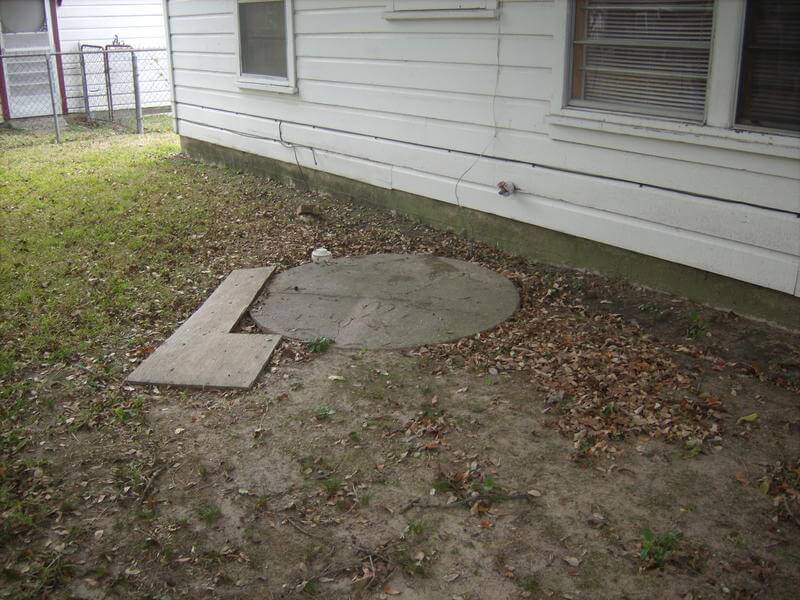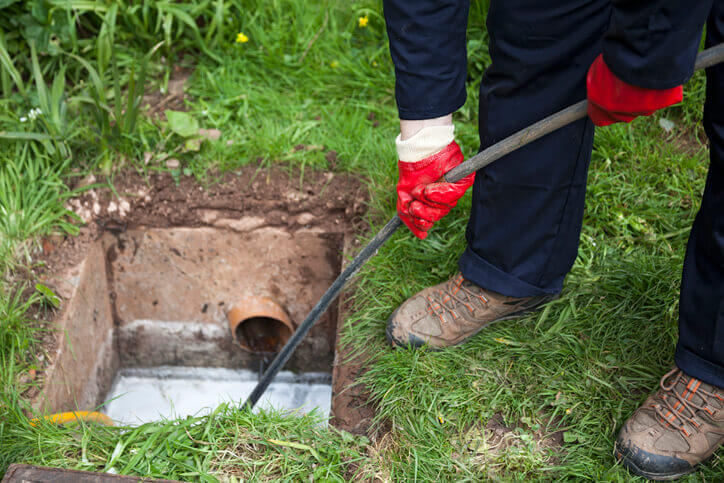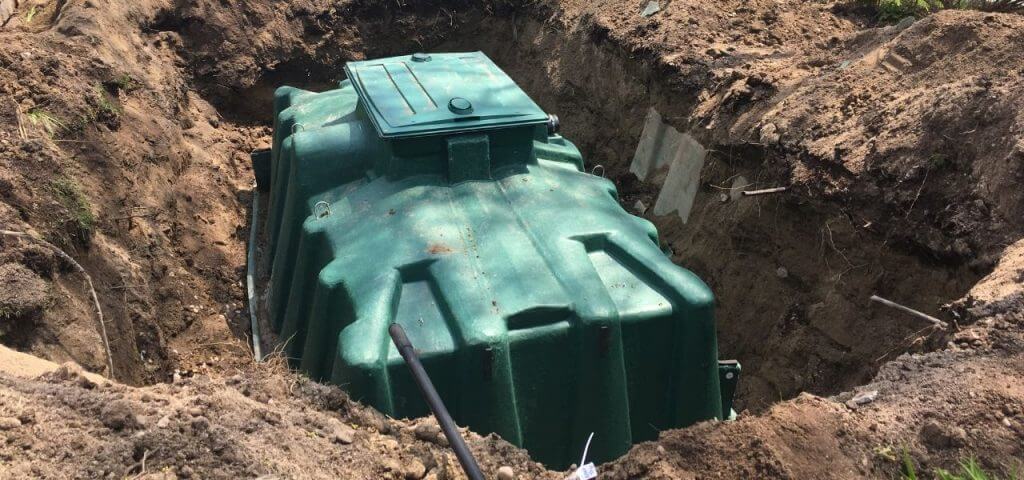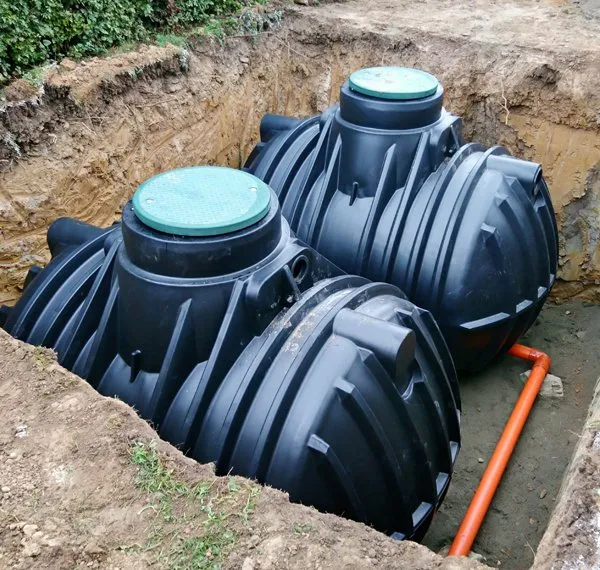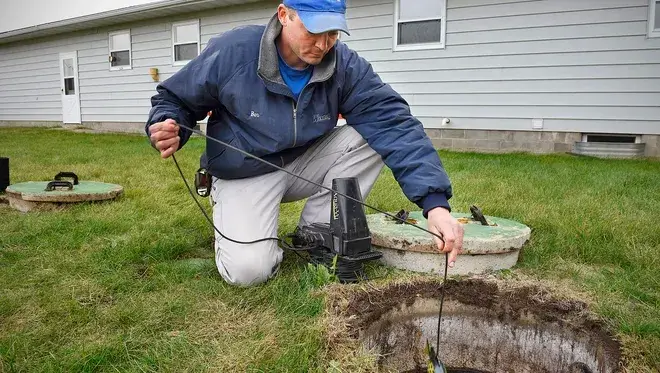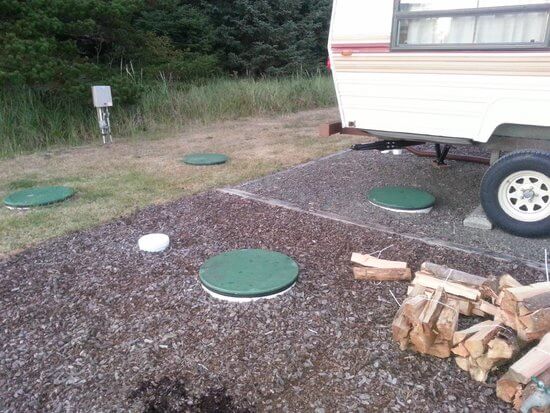Clorox tablets are commonly used for cleaning toilet bowls.
The tablets are based on the power of Clorox bleach which whitens the bowls and also kills germs.
Dropping a couple of tablets in the toilet tank is usually enough to have a clean toilet that also smells nice with every flush.
But are these tablets safe for a septic system?
Even though Clorox tablets are advertised as safe for use in toilets, they may not be a good product for anyone with a septic system.
Clorox promises to kill 99.9% of bacteria and this antibacterial quality makes it bad for septic systems.
If the Clorox gets into the tank, the chemicals will kill the anaerobic bacteria which the septic system depends on to digest waste.
Once the bacteria population declines, the solid waste will fill up quicker than usual and in some cases, the septic system might even fail.
Will Clorox Tablets Harm The Septic Tank?
Clorox tablets may corrode rubber parts in the toilet tank but they cannot do any physical damage to the septic tank.
Typically, septic tanks are made of concrete, polyethylene, or fiberglass which are all too tough for chlorine to break down.
However, that doesn’t mean you should use them. While these tablets pose no threat to the tank itself, they are toxic to the helpful bacteria in the tank and should therefore be avoided.
What Is In A Clorox Tablet?
The main active ingredient in Clorox is Trichloro-S-Triazinetrione, which is often used in pool treatment because of its high chlorine content.
This compound makes 99% of Clorox tablets. The high concentration of chlorine is what makes these tablets bad for your septic tank.
Chlorine may be harmful to humans but it is toxic to bacteria. In fact, that is the reason why it is used in wastewater treatment.
It helps to kill bacteria in the water thereby making it safe for drinking.
However, we do not want to kill bacteria in the septic tank and so you should desist from using Clorox tablets (or any other chlorine compound for that matter).
Additionally, bleach can also result in the deterioration of some parts of the plumbing system (e.g. rubber parts).
Such issues will result in leaks which may contribute to a hydraulic overload of the septic tank.
What to Do If I Have Used Clorox Tablets
If you have been using Clorox tablets, there is a good chance your system is already under strain due to the lack of a healthy population of helpful bacteria in the tank.
If you only started using the tablets recently, the system will easily revitalize once you stop using the product.
However, if you have been using the tablets for a while, you may need to use some additives to give your tank a new lease of life.
Adding biological additives is usually recommended for systems that don’t have enough bacteria due to harsh chemicals.
In some cases, it may also be necessary to pump the tank.
As we have already established, bleach kills bacteria in the tank. If this happens, the solid waste will not be broken down and liquefied as it should thereby causing a sludge and scum buildup.
It might also be a good idea to get your septic system inspected by a septic system professional to ascertain its health and recommend the next course of action.
Which Toilet Cleaners Are Safe For Septic Systems?
As a rule of thumb, steer clear of any cleaning detergent that has bleach or other chemicals in it.
The safest products for septic systems are the ones that are natural and biodegradable.
If you go for chemical-based cleaners, use ones that are low-sudsing and low phosphate.
You may want to check the ingredients label just to be sure as there are lots of cleaning products that are advertised as septic safe but actually contain harmful substances that will kill bacteria in the tank.
In summary…
You shouldn’t use Clorox tablets if you have a septic system.
Even though the tablets may be advertised as septic–safe, the high chlorine content makes them a threat to the bacteria population in the tank.
You are better off using home remedies like vinegar or going with enzyme-based cleaners.


